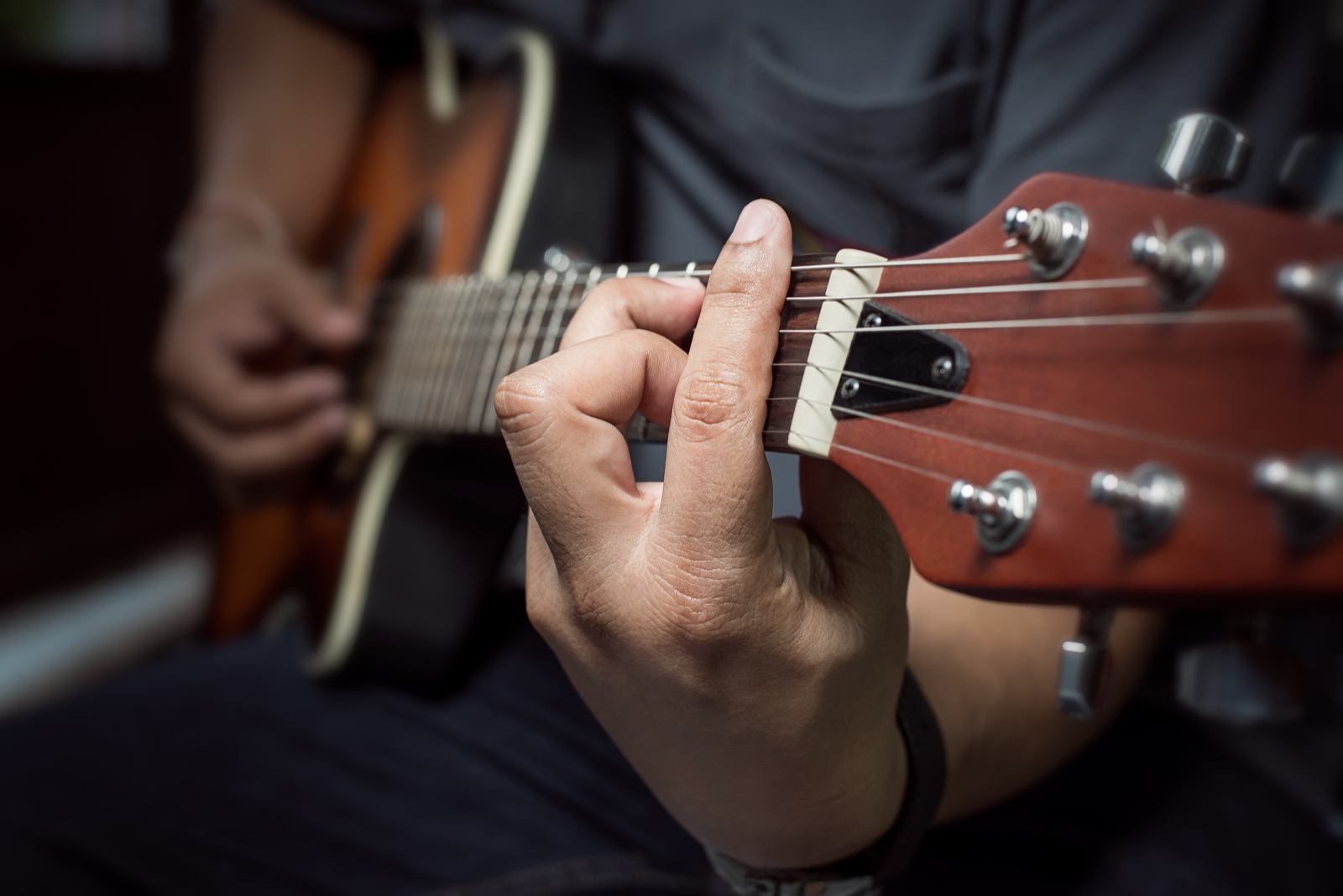Find out which basic guitar chords work best for you so you can start on the proper path to becoming a musical prodigy. With these key chord forms, you can master your favorite tunes and advance your guitar playing.
Embark on a Melodic Journey
The mesmerizing sound of a guitar being played! Learning to play the guitar is a thrilling experience whether your goals are to captivate an audience, serenade your loved ones, or enjoy producing music. Understanding the fundamental chords is your key to accessing a world of tunes as a beginner. In this post, we’ll walk you through the world of guitar chords and show you the top beginner chords that will stoke your enthusiasm and advance your musical career.
The Importance of Beginner Chords
Before we dive into the realm of the best beginner guitar chords, it’s essential to understand why mastering these chords is crucial. Beginner chords serve as the building blocks of countless songs, enabling you to strum and accompany melodies.
By learning a handful of these versatile chord shapes, you’ll possess the foundation to play an extensive repertoire of music, inspiring you to progress further on your musical expedition.
Basic Guitar Chords
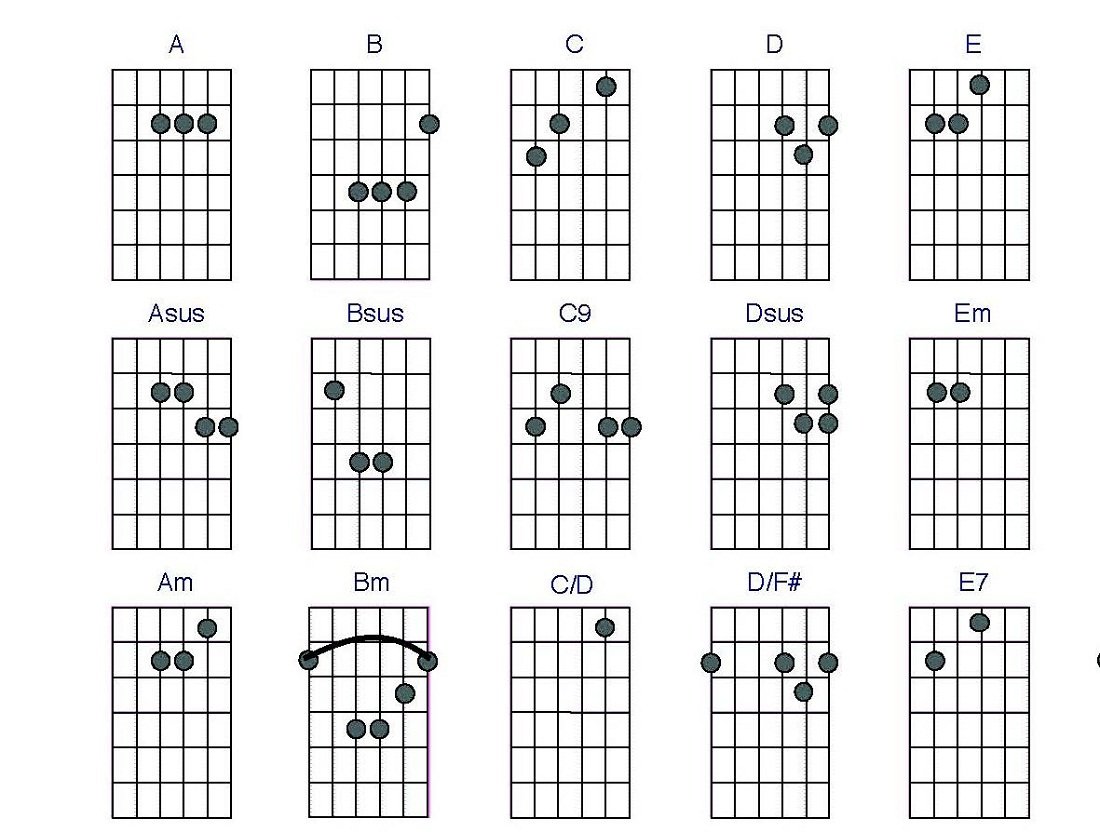
Below, we have added step by step beginner guitar chords guide.
E Major
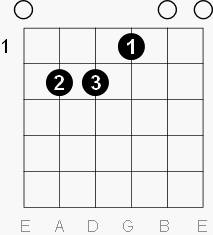
The E major chord is distinctive in that it calls for the playing of each string. Place your first finger on the third string’s first fret, followed by your second finger on the fifth string’s second fret. The third finger is placed on the fourth string’s second fret. Holding them all down and strumming collectively is the last step. Try to strike them all at once!
A Major

Since the full chord is positioned on the second fret, making it simple to start with, you may use your other fingers to experiment with different chords. All you have to do is place your first finger on the second fret of the fourth string, your second finger on the third string, and your third finger on the second string.
D Major
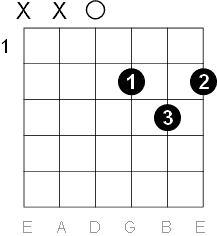
Uniquely, D major is shaped like a triangle. E and G are played on the second fret with your first two fingers, and the B string is held down on the third fret with your third finger. The final sound is upbeat and comforting, and it could remind you of many well-known humorous songs.
C Major
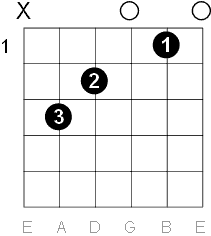
One of the most popular guitar chords is C major for a reason. The chord is a subtle arrangement of the standard notes C, E, and G. To create the chord, position your second and third fingers in a slanted pattern. If it’s difficult at first, don’t worry; your fingers will gradually get more flexible.
G Major
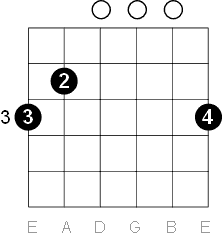
The G major chord could be a little trickier to play than some other chords, and it might be difficult to go on to other chords right away after playing it.
To play it, place your first finger on the second fret of the fourth string, your second finger on the third fret of the fifth string, and your third finger on the third fret of the first string. Strumming each string slowly and steadily completes the motion.
A Minor
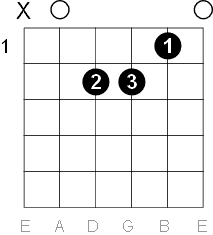
A minor should come naturally if you can play an E major. Just raise your finger up a single string. Simply moving the B note from the second fret to the first will get this chord extremely near to A major. The gloomy quality of minor chords makes them ideal for breakup songs. Really, learning the A chord is a must for beginners!
D Minor
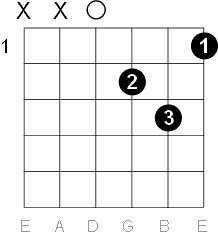
The D minor chord resembles its D major cousin nearly perfectly. The high E will need to be moved from the second fret to the first fret, though. The chord won’t sound right until the fifth and sixth strings are silenced.
You sound as though you’re getting ready to deliver a powerful message in D minor. Despite the fact that it is frequently employed by performers of various genres, it sounds particularly at home in a decent country or folk song.
E Minor
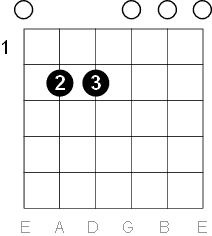
E minor is a fantastic place to start if you’re seeking for simple guitar chords to learn. The only thing you have to do is play an E major but without the G string.
Power Chords
Because the root note and the fifth note are the sole notes in a power chord, they are simple chords for beginners. They can be simpler to play and recall as they don’t require the third note that regular chords do.
Once you master the fundamental forms, you may move power chords up and down the fretboard to play various chords because they are also moveable.
Rock, punk, metal, and blues are just a few of the genres that employ power chords. Additionally, they are adaptable and may be employed in a variety of musical genres, including jazz, reggae, country, and more. Power chords are used in some well-known guitar songs from many decades and genres, such as those by Blink-182, Buddy Holly, and Black Sabbath.
Guitar Chords Chart
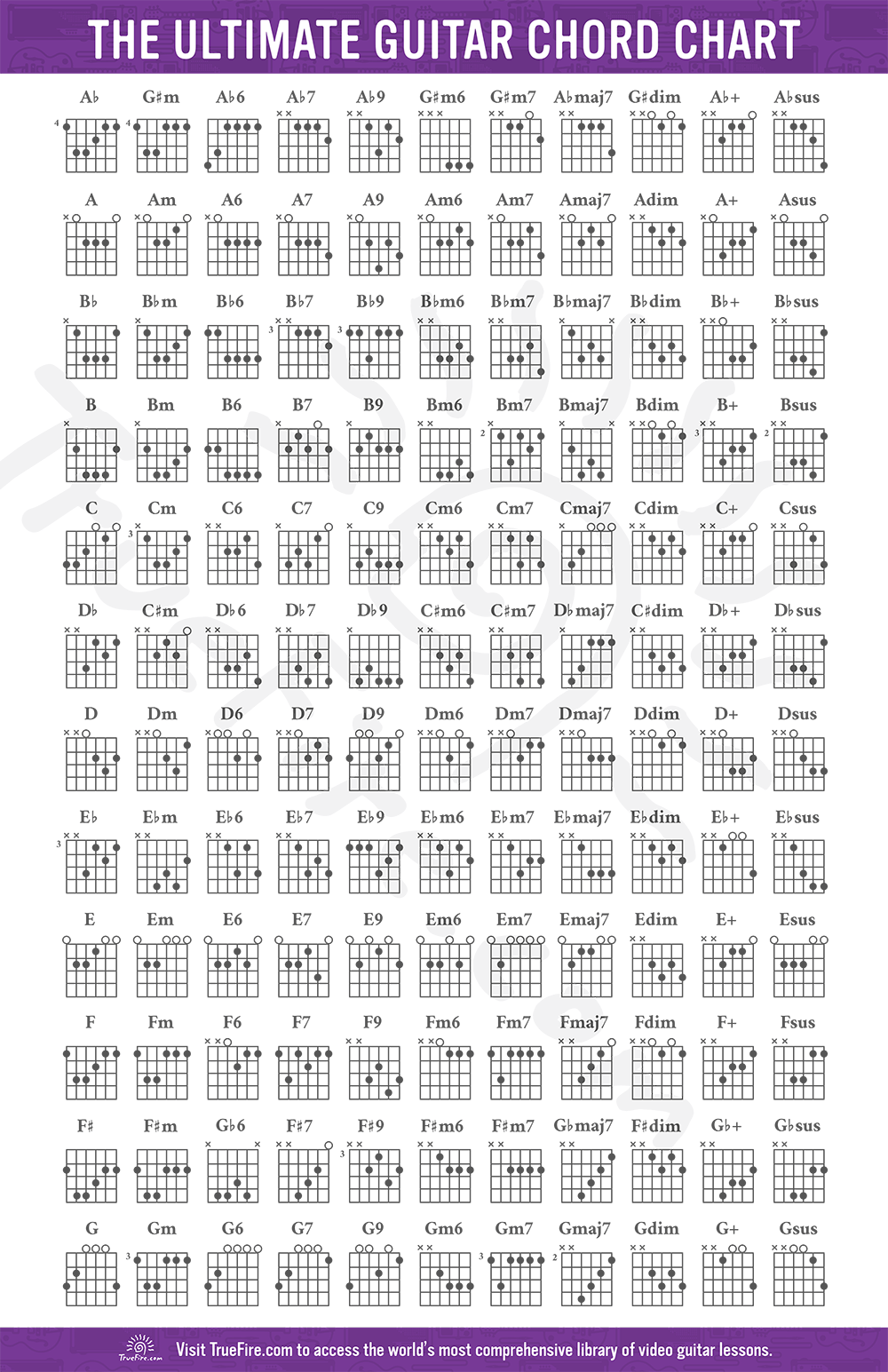
How to read guitar chord charts?
The strings on your guitar are represented by the vertical lines in the chord diagram charts. The metal frets are seen in the chord boxes by the horizontal lines.
The fret number is indicated on the left of the chart, and the string notes are recorded beneath the strings.
Which finger to use to fret the string is indicated by the numbers in the circles:
1 = 1st (index) finger
2 = 2nd (middle) finger
3 = 3rd (ring) finger
4 = 4th little (pinky) finger
x = Don’t play the string
o = Open string
On chords, always utilize the same finger positions. Inexperienced and self-taught guitarists frequently make the error of arbitrarily switching chord form fingerings.
It only slows you down and makes it difficult to develop muscle memory and quick chord changes.
Keep Practising,
Learning to play the guitar can be a challenging and rewarding experience, but it can also be frustrating for beginners who may not see progress as quickly as they would like. It’s important not to get discouraged, however, because guitar playing is a skill that takes time and practice to develop.
With consistent practice and dedication, beginners can see significant progress over time. It’s also important to set realistic goals and focus on the process of learning rather than just the end result. By staying motivated and committed, beginners can overcome any obstacles and become skilled guitar players.
Learning to play guitar is a lifetime endeavor. If some of these guitar chords appear a little perplexing, don’t give up. Make sure you master the ability to read chord charts quickly. Maintaining consistency and practicing hand placement will eventually result in muscle memory. Everyone must begin somewhere. Have fun!
FAQs about Best Beginner Guitar Chords
What are the best beginner guitar chords for finger strength development?
For enhancing finger strength, practicing the E Major, A Minor, and D Major chords is highly recommended. These chords require stretching and positioning your fingers across the fretboard, gradually strengthening your dexterity.
Can I play songs with just these beginner chords?
Absolutely! Many popular songs utilize these beginner chords exclusively, allowing you to play a vast array of tunes even as a beginner guitarist. With a combination of these chords, you’ll be strumming along to your favorite melodies in no time.
How should I approach learning these beginner guitar chords?
It’s crucial to dedicate regular practice time to these chords. Start by focusing on one chord at a time, ensuring each note rings out clearly. Gradually build your chord vocabulary and practice transitioning between chords smoothly.
Are there any shortcuts for learning beginner guitar chords?
While there are no shortcuts to mastery, using chord charts, online tutorials, and engaging with experienced guitarists can provide valuable guidance. Remember, practice and consistency are key to achieving proficiency.
Are barre chords suitable for beginners?
Barre chords can be challenging for beginners due to the finger strength and dexterity required. It’s advisable to establish a solid foundation with open chords before delving into barre chords.
How long does it take to learn these beginner guitar chords?
The time it takes to learn these chords varies from person to person. With consistent practice and dedication, you can become proficient within a few weeks or months, setting the stage for more advanced techniques
